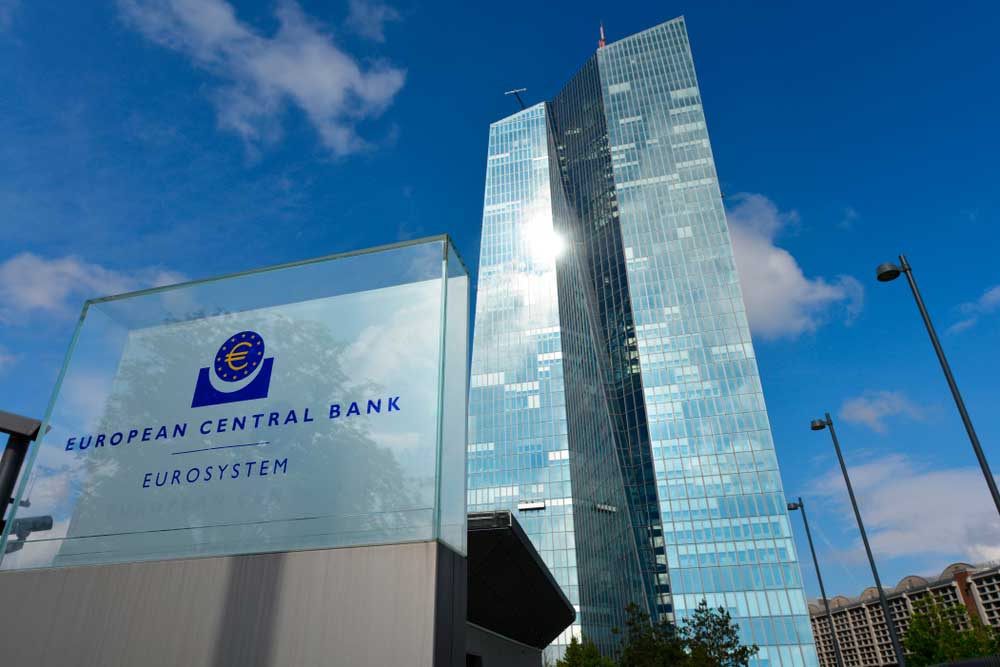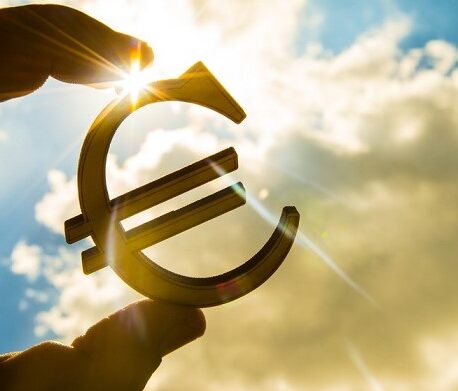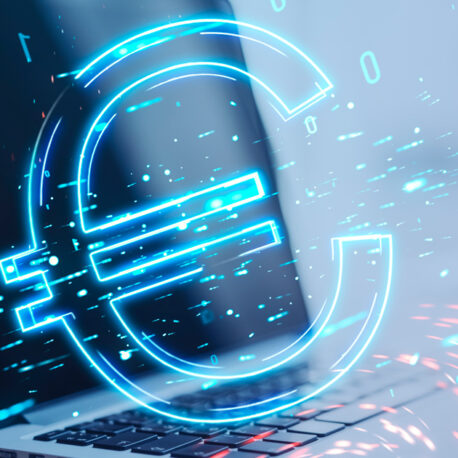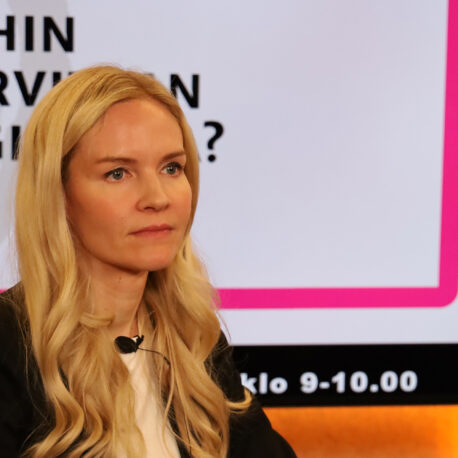
- The European Central Bank (ECB) is planning to launch a digital euro: a central bank digital currency that would complement coins and banknotes as a payment method.
- Finance Finland fails to see what additional value the digital euro would bring to the already functional and efficient monetary system.
- The legislative proposal must not endanger the stability of the banking system or sideline healthy private business.
- For the average consumer, the digital euro would not make much of a difference compared to the existing array of payment methods.
- Survey results show that 94% of Finns already use digital payment methods in their daily shopping.
- The Commission adopted a legislative proposal for the digital euro on 28 June 2023.
Finns already carry most of their euros in digital form. According to Finance Finland’s recent survey on payments, only 6% of Finnish consumers use cash to pay for their daily shopping.
“The digital euro is, at least in its present form, a solution seeking its problem. It’s very hard to see what additional value an overlapping system maintained by authorities would offer for the average consumer”, says Finance Finland’s CEO Arno Ahosniemi.
Ahosniemi stresses that the legislative proposal must not endanger the stability of the banking system or sideline healthy private business.
Regardless of Finns’ payment preferences, it is very likely that the digital euro will be implemented. According to the ECB, cash was the primary payment method for 59% of European consumers in 2022. Although still high, the figure keeps growing smaller by the year.
“The digital euro will have a strong impact on payments and finance. Public debate on this important matter has not touched on detailed impact assessments on things like banks’ operating models, funding structure, payment systems and financial intermediation”, Ahosniemi says.
The proposal would impose distribution obligations on banks. In the compensation model proposed by the ECB, basic services to customers would be free of charge, and the only source of income for banks would be merchant fees.
“The implementation of the digital euro would require substantial investments. In its present form, the business model does not sound very sustainable.”
Not a replacement but a complement to cash
The digital euro would not replace coins and banknotes but serve alongside them as a supplementary payment method. Although Finland is almost fully digitalised in payments, the rest of the EU is lagging behind in this progress.
“The ECB’s objective of promoting digital payments is understandable, but person-to-person payments, purchases in physical stores and online shopping are already managed in an efficient and market-driven way”, Ahosniemi points out.
To be used alongside banknotes and coins, the ECB’s aim is that the digital euro would have as many cash-like characteristics as possible, such as ease of use, high level of privacy and low costs of usage.
Central bank currency already exists in a digital form on central bank accounts, but it is only usable by banks. Consumers can use central bank currency as coins and banknotes. When the currency is deposited on a consumer bank account and used with a payment card, it is called private money.
Still have questions?
|Contact our experts
Looking for more?
Other articles on the topic

How much would the digital euro cost? Initial estimation published

Is the FIDA proposal worth its cost or a hundred million dud?

Study: The digital euro would create costs, impact payment systems and potentially shake financial stability – still no proof of benefits

Member of Parliament Aura Salla on the digital euro: Why is the ECB messing with the market by building a new payment system?








